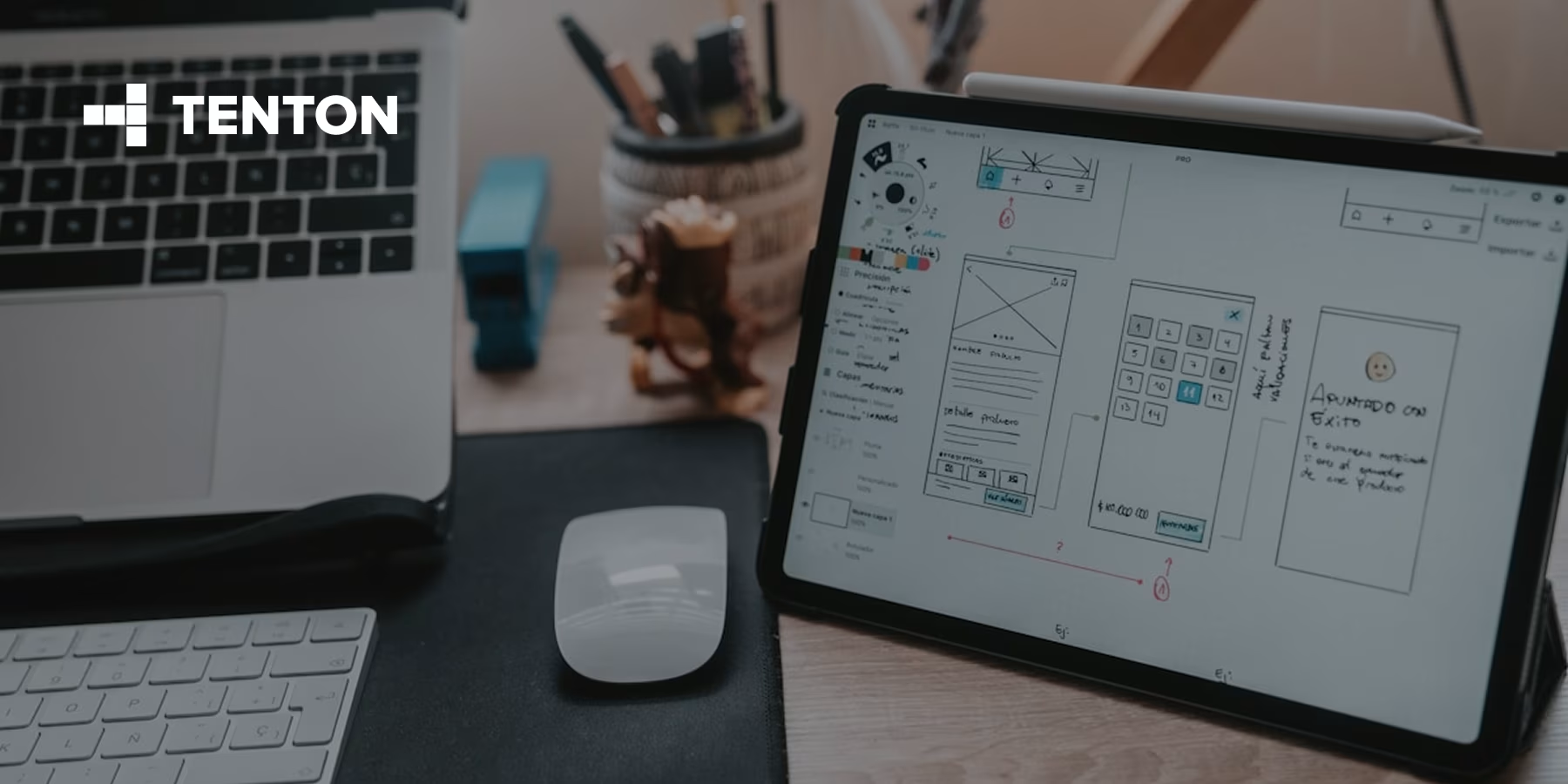
Blog
Enjoy TENTON’s experience through a series of little narrative.

From Idea to Impact: A No-Nonsense Guide to Building AI for Your Business
Unlock AI for your business. This 7-step guide helps non-tech leaders turn ideas into practical AI solutions, clearly and simply.
27 Jun 2025

How to Plan Your Budget for an App Development Project?
Master app development budgeting: define scope, research costs, and plan for ongoing expenses & risks. Achieve success with smart budgeting strategies.
06 Jun 2025

How Much Does It Cost to Design a Mobile App?
Mobile app design and development costs with insights. Understand how pairing with experts can lead to the creation of successful and impactful apps.
23 May 2025

Why UI/UX Matters in Software Development
UI & UX design and development is important for any software to be user-friendly and accessible; here’s why you should prioritize it
02 May 2025

Everything You Need To Know About Web Development
What is web development and why is it one of the most sought-after professions in the job market? Learn the difference between a front-end, back-end & full-stack web developer.
22 Apr 2025

Complete Guide to Software Development Outsourcing for 2025
Software development outsourcing is the way many companies choose to stay agile and competitive. Here’s how to do it right.
03 Apr 2025

How to Find a Mobile App Developer?
Finding a mobile app developer is a challenge in itself. Here we provide you with necessary info to make this process easier for you.
24 Mar 2025

8 Benefits of Native App Development
Native app development benefits are numerous. Let’s get into more details on the 8 benefits we listed.
21 Feb 2025

Mobile App Development Trends of 2025
2025 brought many mobile app development trends. Let’s get into detail about each one.
04 Feb 2025

How to Create a Successful Mobile Application in 2025?
Knowing how to build mobile apps is the key to bringing to life a successful yet unique project. Step by step we will tell you all about building mobile apps.
16 Jan 2025